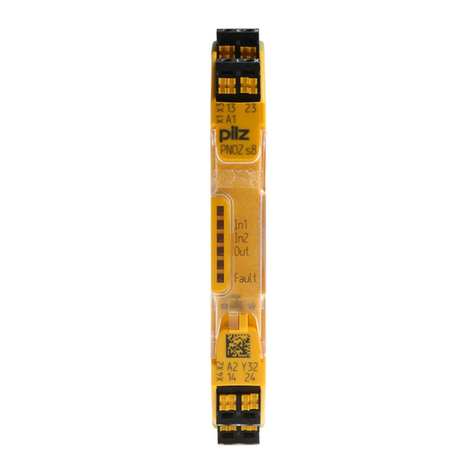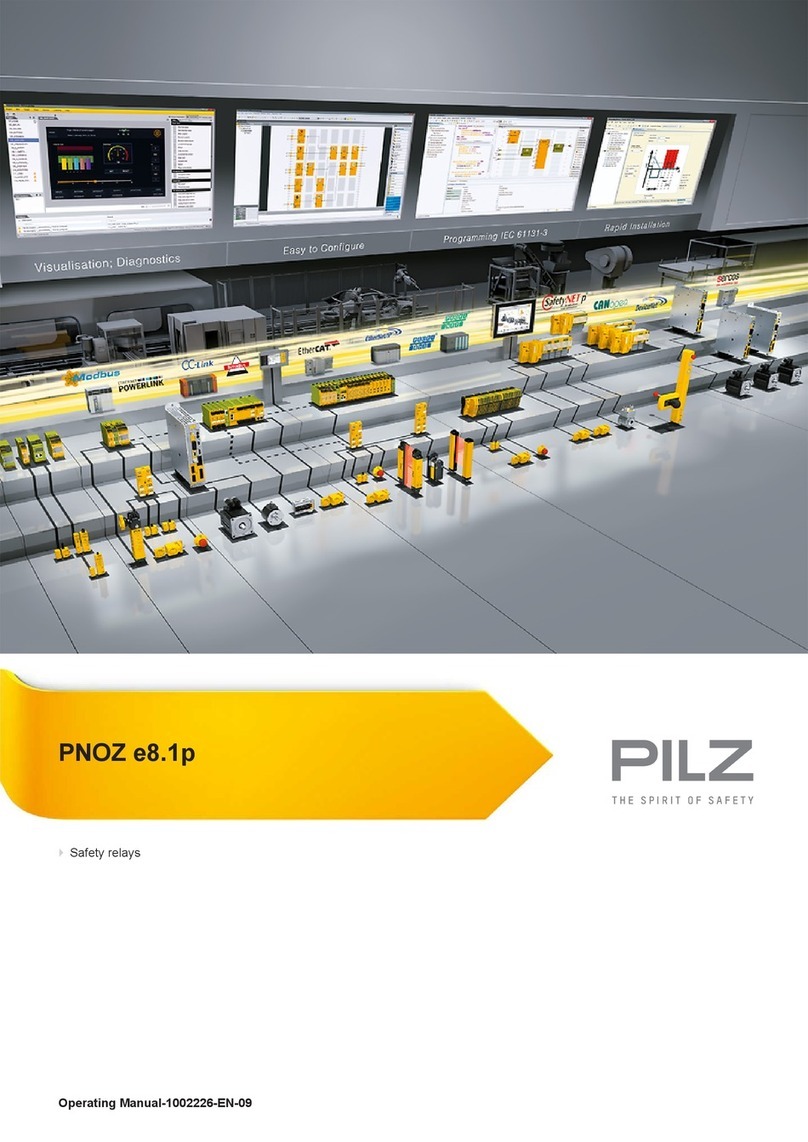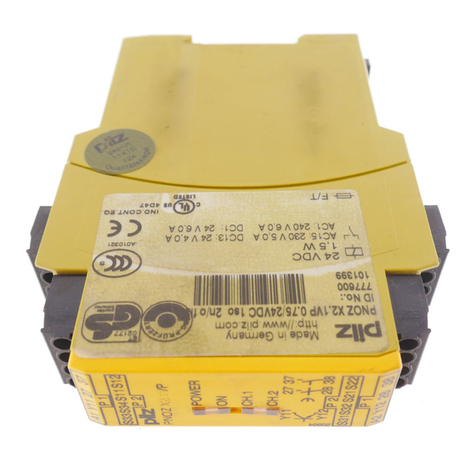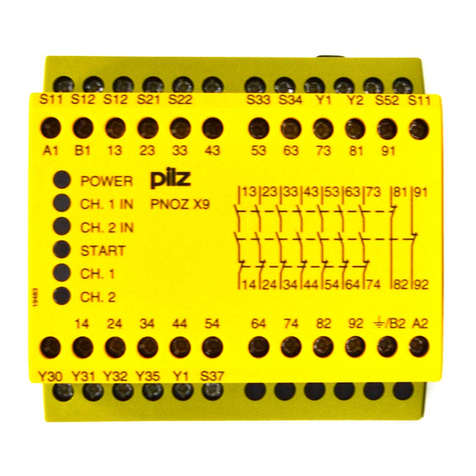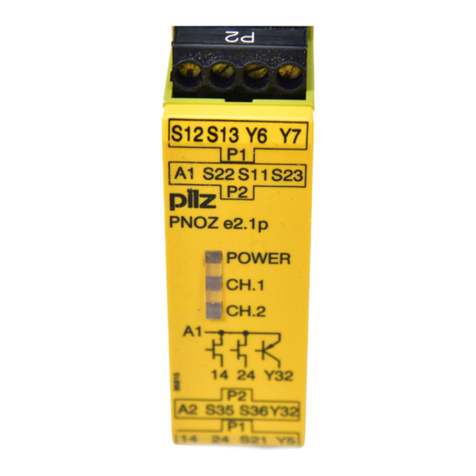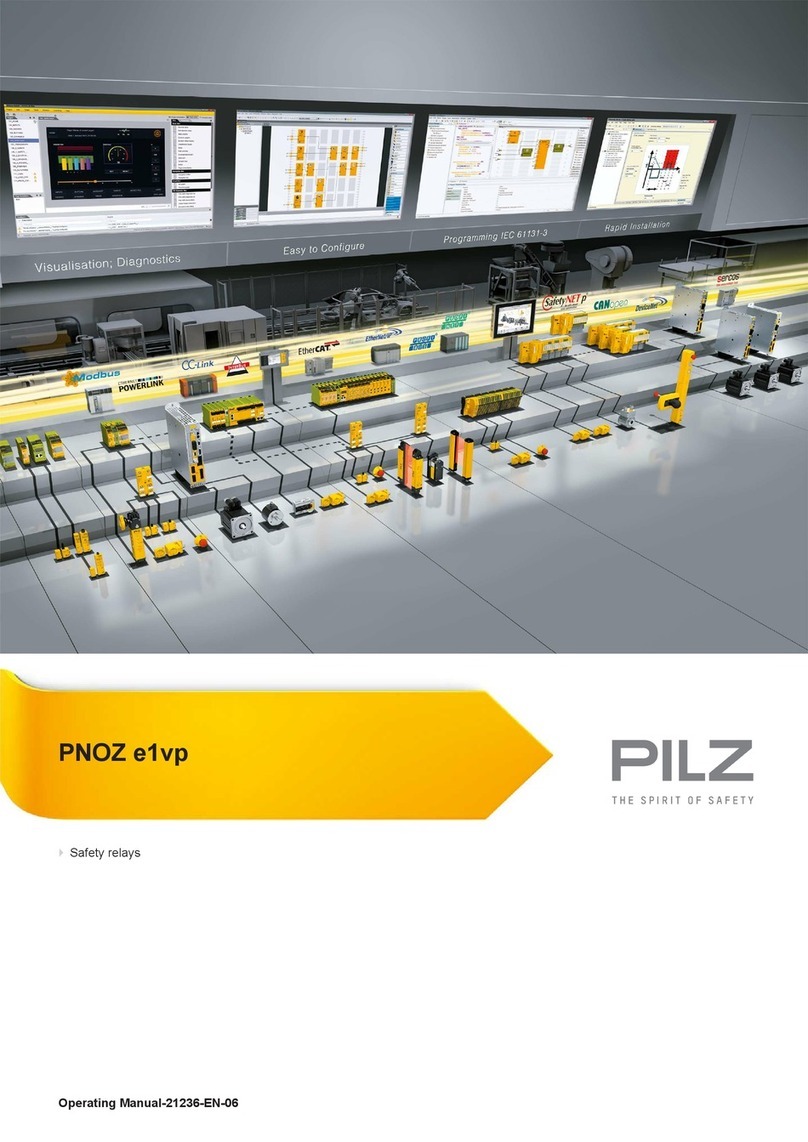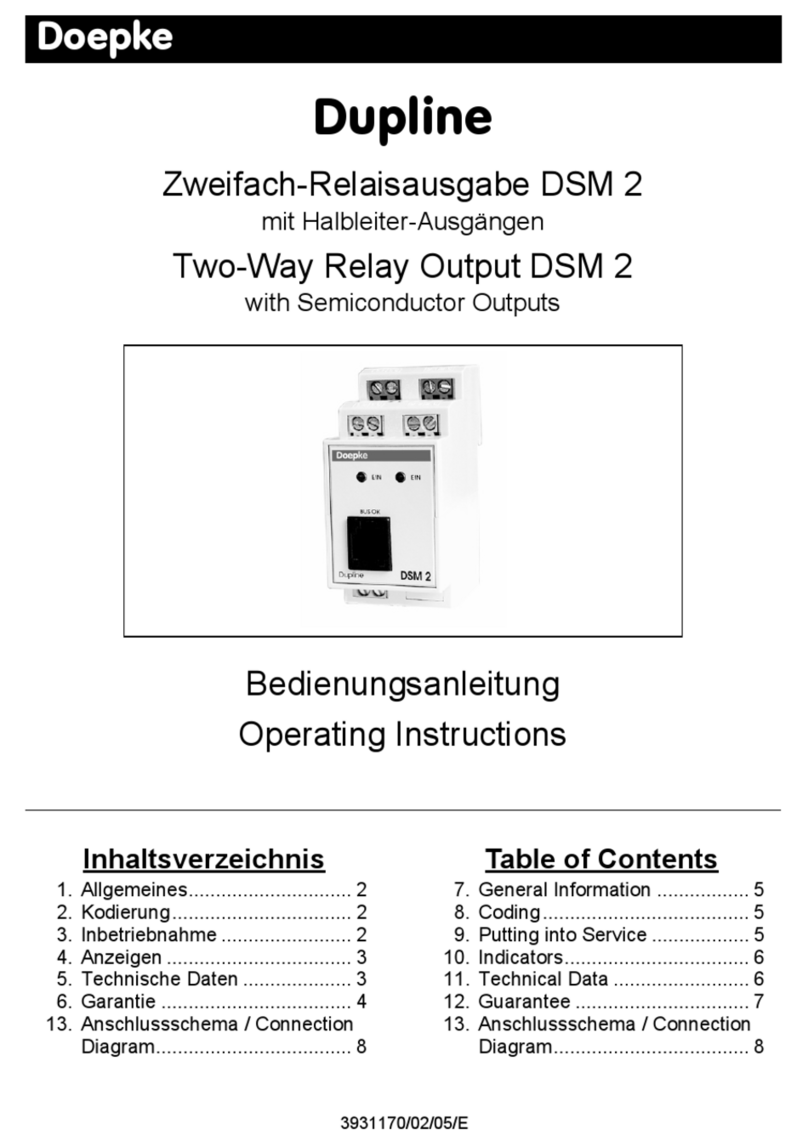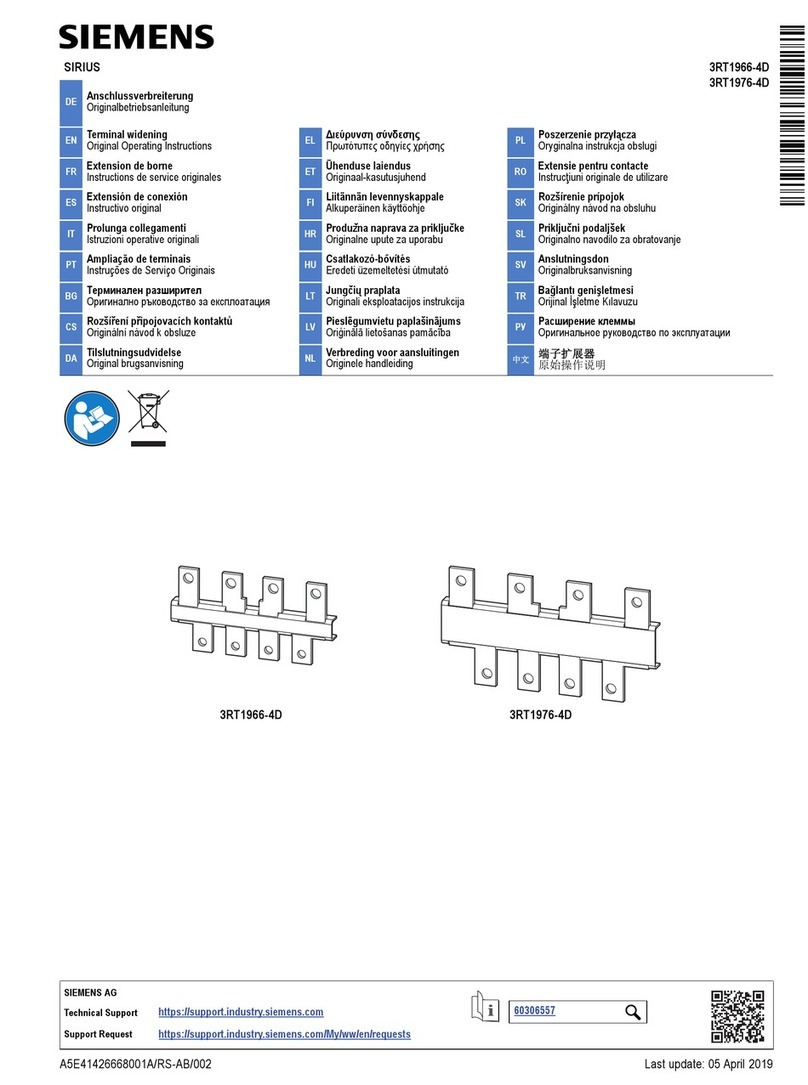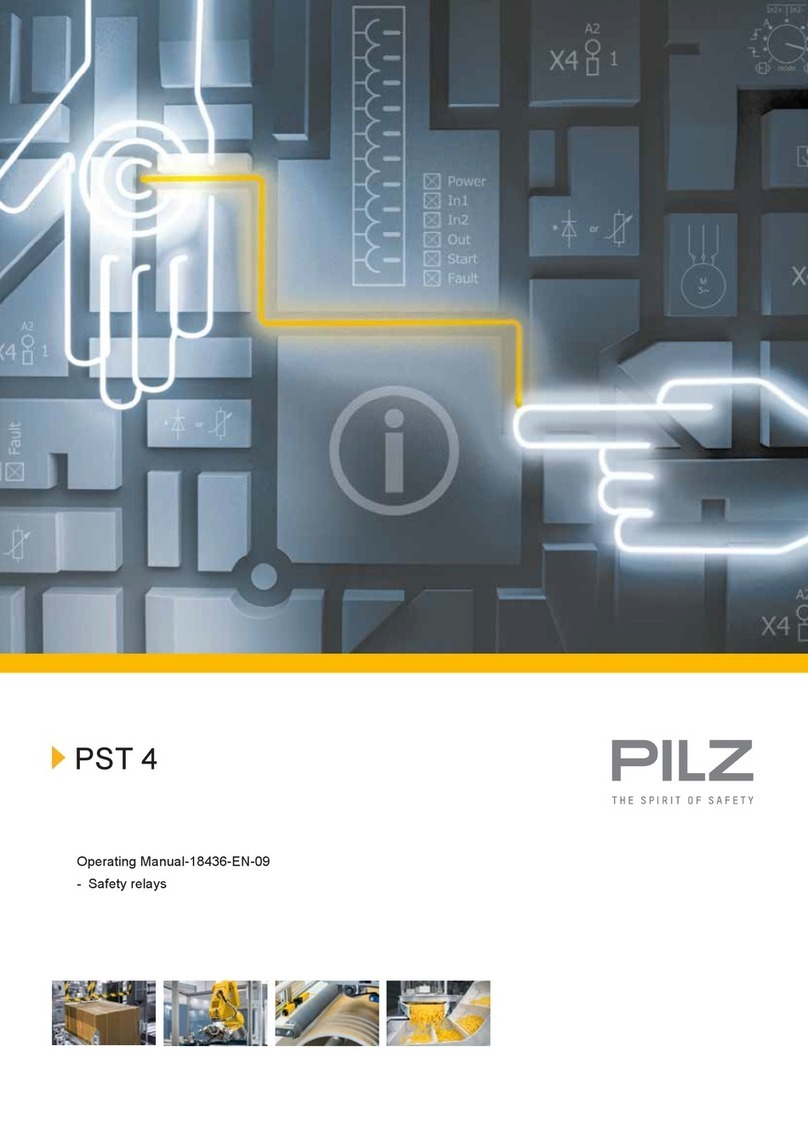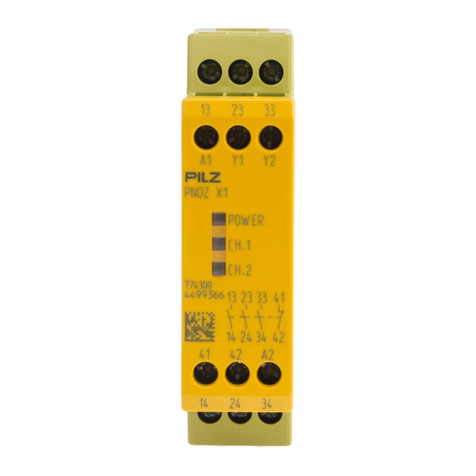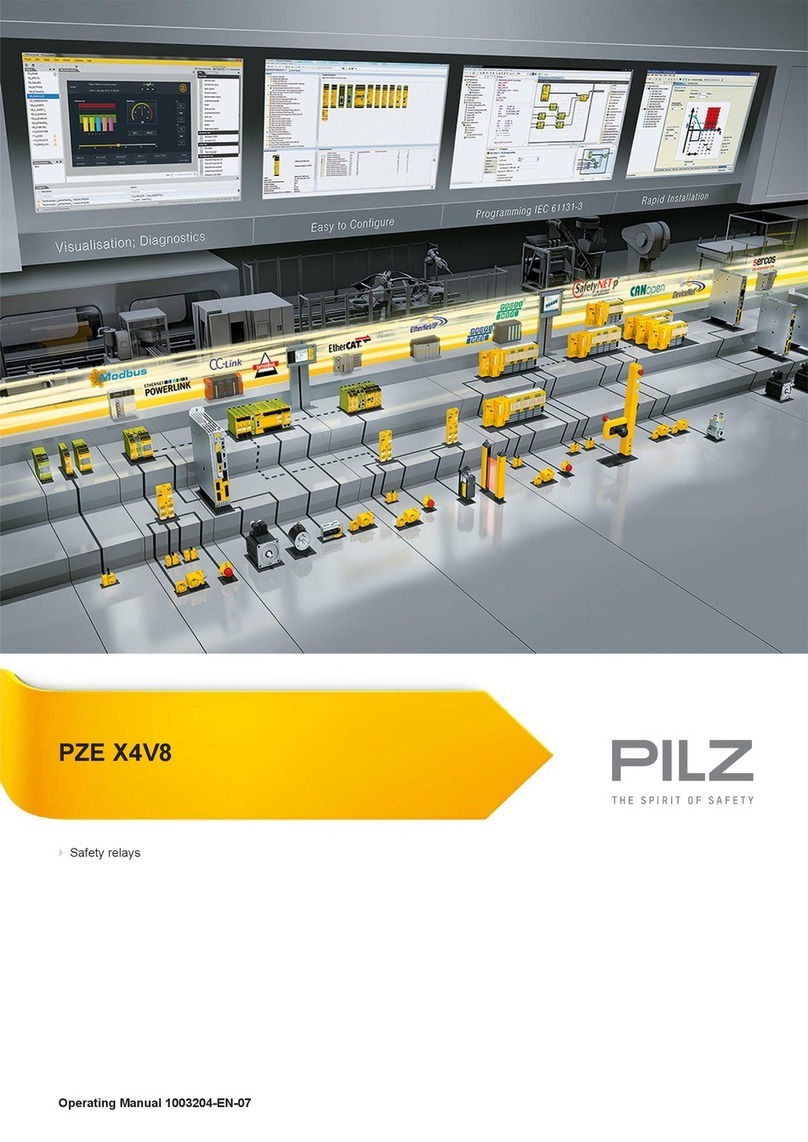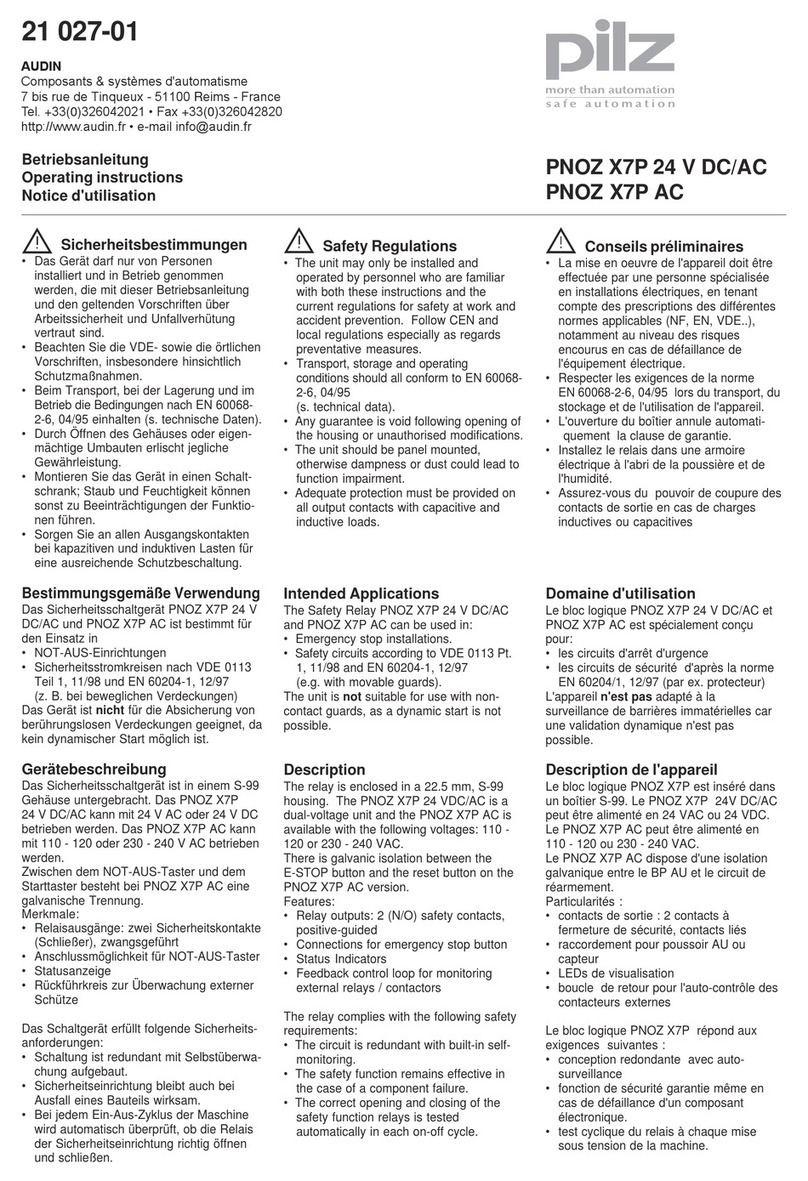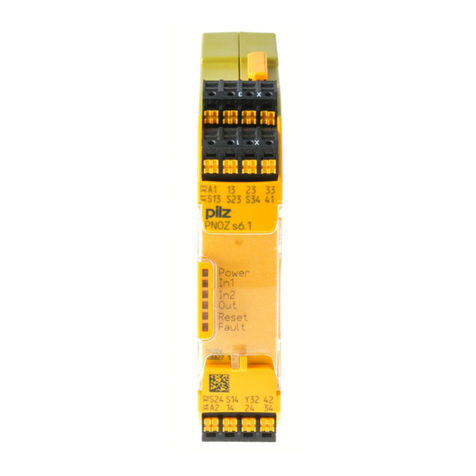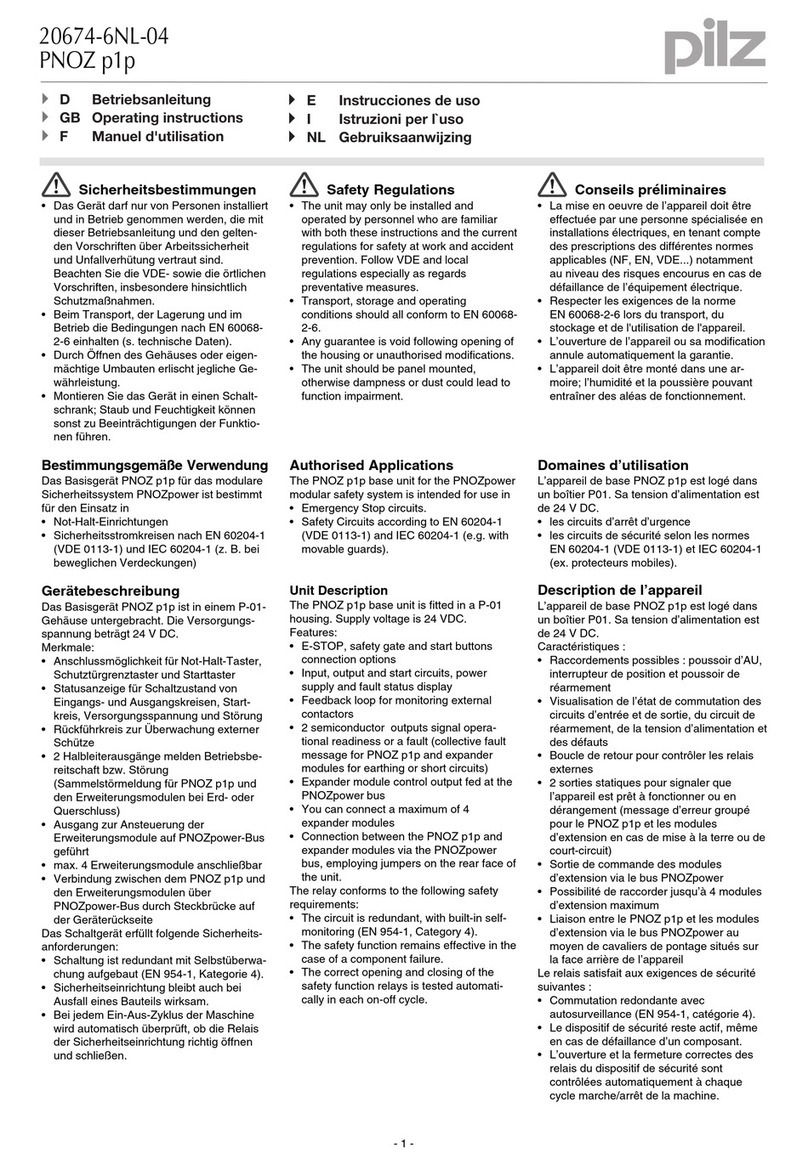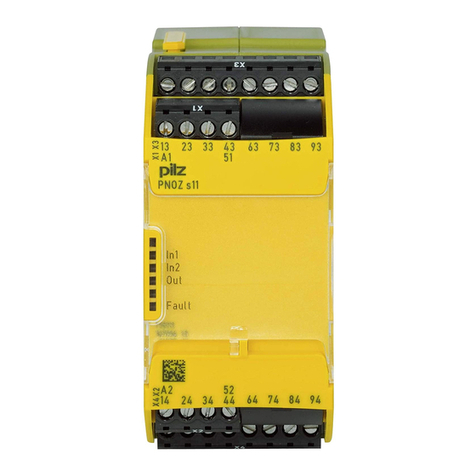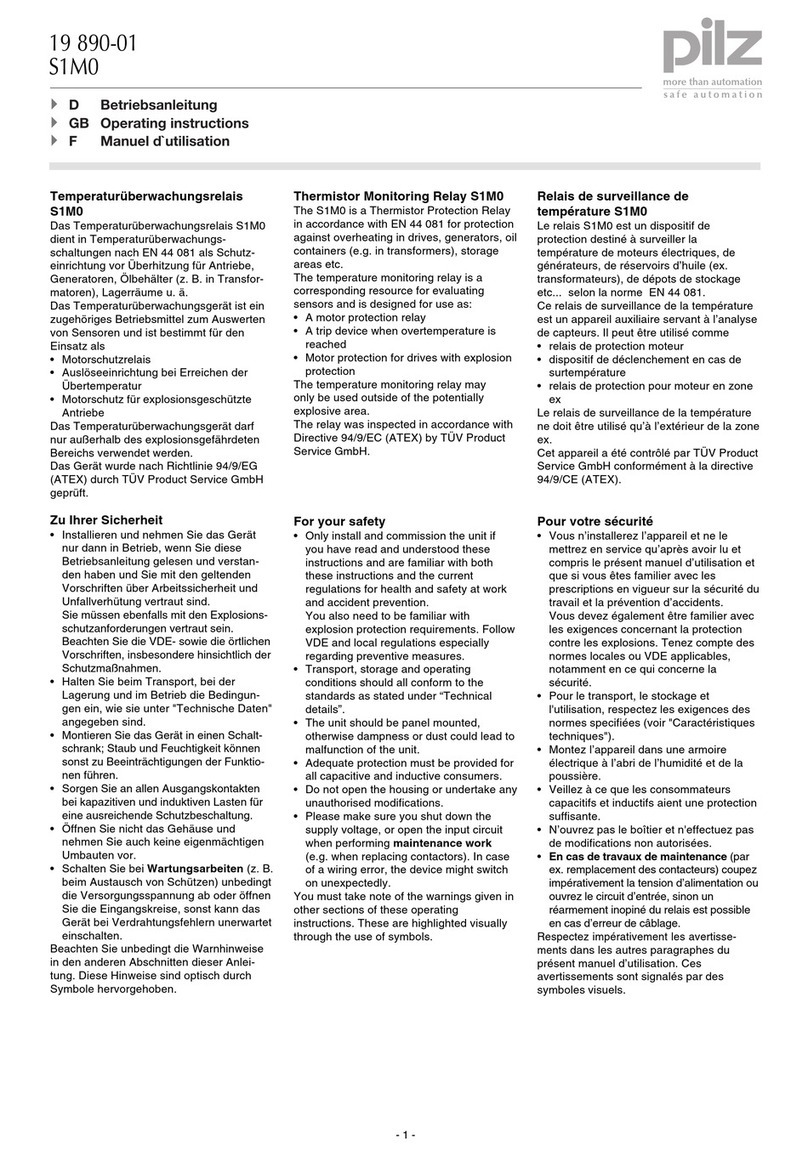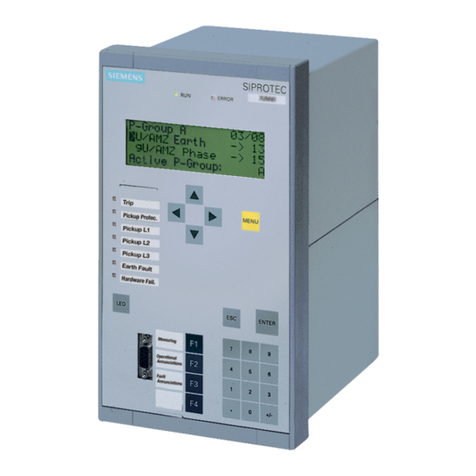
Contents
Operating Manual PNOZ c1
22197-EN-06 | 3
Introduction ............................................................................................................................4
Validity of documentation.......................................................................................................... 4
Using the documentation .......................................................................................................... 4
Definition of symbols................................................................................................................. 4
Safety ...................................................................................................................................... 5
Intended use ............................................................................................................................. 5
Safety regulations ..................................................................................................................... 5
Safety assessment ................................................................................................................... 5
Use of qualified personnel ........................................................................................................ 5
Warranty and liability ................................................................................................................ 6
Disposal .................................................................................................................................... 6
For your safety.......................................................................................................................... 6
Unit features ...........................................................................................................................6
Safety features ....................................................................................................................... 7
Block diagram/terminal configuration ................................................................................. 7
Function description ............................................................................................................. 7
Installation ..............................................................................................................................8
Wiring ......................................................................................................................................8
Connect cable with crimp connector......................................................................................... 9
Connect cable without crimp connector.................................................................................... 10
Disconnect cable ...................................................................................................................... 10
Preparing for operation ......................................................................................................... 11
Operation ................................................................................................................................12
Status indicators ....................................................................................................................... 12
Error indicators ......................................................................................................................... 13
Faults - malfunctions ............................................................................................................. 13
Dimensions in mm .................................................................................................................13
Technical details ....................................................................................................................14
Safety characteristic data ......................................................................................................... 18
Supplementary data ..............................................................................................................18
Service life graph ...................................................................................................................... 19
Order reference ......................................................................................................................20
EC Declaration of Conformity ............................................................................................... 20
